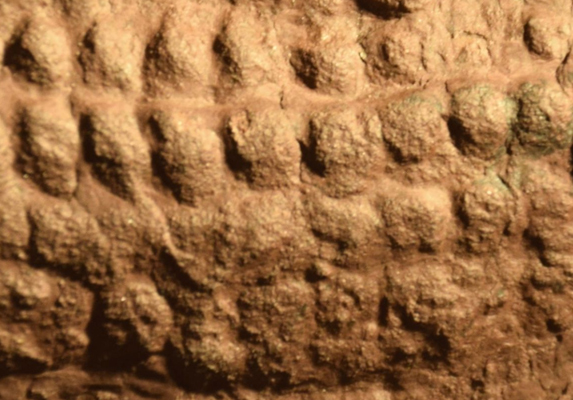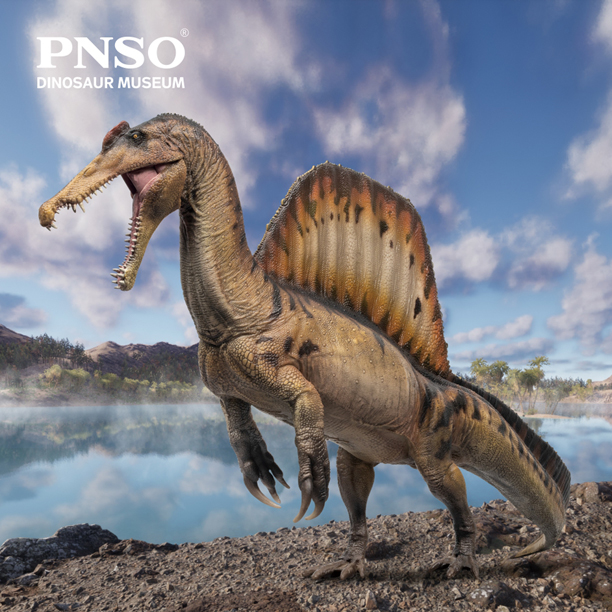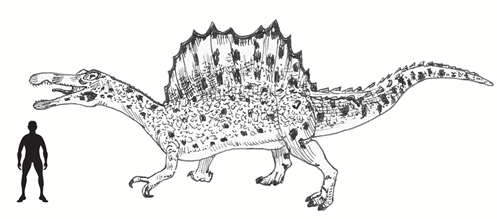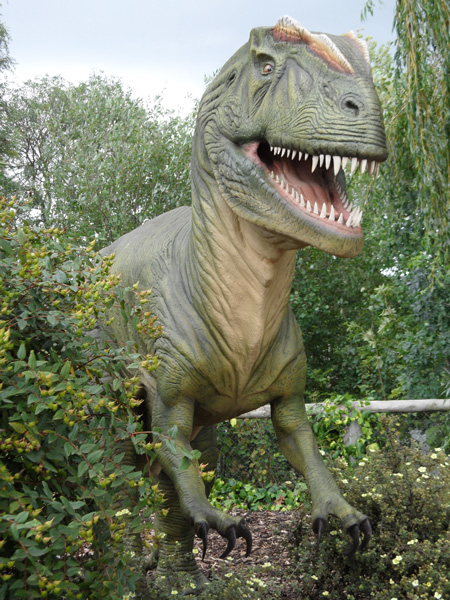Researchers have identified fossil tracks with skin impressions of early synapsids from the famous Bromacker fossil site in Thuringia (Germany). These are the oldest skin impressions of early mammalian relatives known. They provide unique insights into the evolution of scales and integumentary coverings within an Early Permian ecosystem. The Bromacker quarry exposes 290-million-year-old deposits associated with the Tambach Formation. This rare site preserves exquisite, articulated fossils of a unique vertebrate fauna. This quarry has been at the centre of a long research project, lasting decades led by the Museum für Naturkunde Berlin.

290-million-year-old skin impression fossils. Picture credit: Lorenzo Marchetti.
Picture credit: Lorenzo Marchetti
Studying the Trace Fossils of Early Synapsids
The fossil tracks were discovered over a century ago. These rare fossils were re-examined as part of the ongoing Bromacker research project. This research project is run by the Federal Ministry of Research, Technology and Space. The scientific paper has been published in the journal “Current Biology”.
Senior author of the study, Professor Jörg Fröbisch commented:
“It has been shown time and again that certain characteristics and traits of modern vertebrates, such as skin structure, lifestyle or social behaviour, appeared earlier in the course of evolutionary history than was initially assumed. The study once again demonstrates the globally unique significance of the fossil deposit at Bromacker and its enormous potential for future research.”
To read a blog post about a Dimetrodon fossil found at the Bromacker locality: Fossil Mystery is Solved.
Scales on the Underside, Legs and the Tail
One trackway preserved at the site is particularly illuminating. An impression preserved in the fine-grained Tambach sandstone reveals skin folds on the toes and various types of scales on the upper and lower legs. There are also scale impressions from the ventral portion of the tail, the hip area and the abdomen. The scientists have identified this as a resting track or evidence of a Permian vertebrate wallowing.
The arrangement and shape of the scale marks, sometimes diamond-shaped, rectangular, pentagonal to polygonal, sometimes overlapping like roof tiles, is reminiscent of the horny scales of membranous reptiles.
Evidence of Social Behaviour in Early Synapsids
A number of sandstone slabs preserve large numbers of tracks. Several tracks are adjacent to each other, and some tracks are parallel. The researchers suggest this is evidence of animals of the same species walking together. The track producers, early synapsids such as Dimetrodon teutonis, probably rested, basked and cooled down together. This suggests that these Permian animals demonstrated group behaviours, just like modern lizards, birds and mammals.
Everything Dinosaur acknowledges the assistance of a media release from the Museum für Naturkunde Berlin in the compilation of this article.
The scientific paper: “Early Permian synapsid impressions illuminate the origin of epidermal scales and aggregation behaviour” by Marchetti, L., Logghe, A., Buchwitz, M., and Fröbisch, J. published in Current Biology.
The award-winning Everything Dinosaur website: Dinosaur Models and Toys.














